Give students the confidence to dive in to using scientific language

The connection between science skills and maths ability has been a big focus, but science success also depends on literacy skills. Literacy in science, according to the PISA 2018 Science Framework, refers to being able to understand, use and communicate science information through reading, writing, speaking and listening. By the same study, scientific literacy is understanding science concepts and being able to apply them to real life. Developing literacy in science is important for success not only in learning science, but also in life. It involves combining science-specific language with basic literacy skills.
In this article I am sharing some tried-and-tested ways to encourage and enhance science-focused talk, discussion, debating skills. To develop these skills, I have provided some examples that focus upon observation, describing, explaining and argumentation (discussion/debate that is supported by evidence).
Use a visual stimulus
Present students with an interesting picture, such as this one I use of a snake in a field. I suggest not using a video as this can overstimulate and overload students, which prevents them from observing closely.
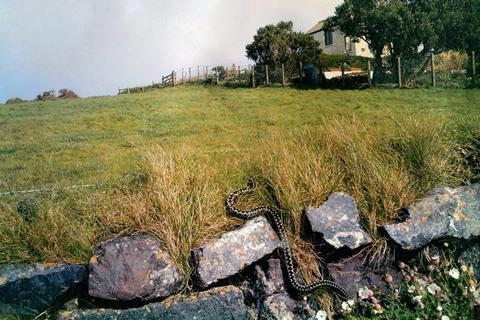
Ask your students what they can see. They can do this in pairs, small groups or individually. In science we want students to be good at observation, to be able to describe in detail what they see. This task builds into this and can also be used to develop recall.
Students often say they can see the snake and the field. We can guide students through careful questioning to focus with greater discrimination. Can they describe the snake? They may say there is a wall, but can they describe it? What might the barbed wire be used for?
This type of activity provides students with a fun way to describe what they see. From descriptions students might then be able to make inferences such as when and where a photo was taken, as well as other background details.
You can then remove the photo and ask groups of students to recall what they saw. They often do quite well when working together. Over time these types of activity help to develop students’ retrieval capacity, and reinforces the importance and reasons for working collaboratively, as scientists often do!
Encourage healthy debate
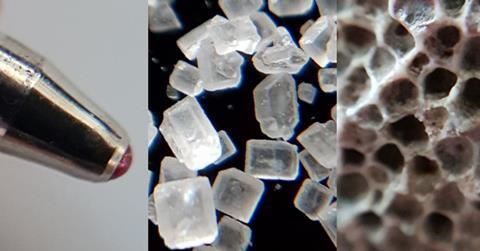
Students often find the difference between describing and explaining a real challenge. Using images that might be familiar yet presented in an unfamiliar way, such as this image of close-up objects, offers students opportunities to use their imagination and get creative as well as to think critically.
Invite students to describe what they are looking at. Again, this can be an individual task, paired or in a small group. Then ask students if they can explain why they think this. This type of task helps develop your pupils’ imagination and ability to explain and support an explanation with evidence.
The imagination and creative thought needed to identify unusual images is a great way to encourage descriptive dialogue and discussion skills in your pupils.
Scientists will not accept an answer unless it has a convincing explanation. What evidence are students using to identify the object? This process can help to develop students’ argumentation skills as they must support and defend their ideas with evidence. You could even use this as a whole-school competition for students where students are invited to identify, with explanations, what the image is.
Get students investigating
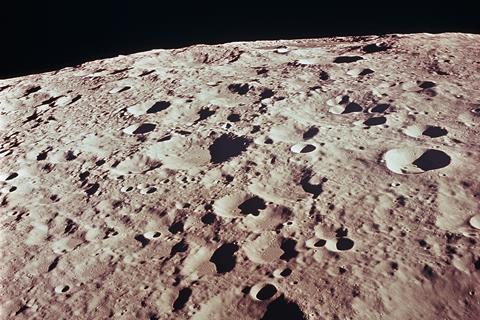
Meteorite impact is a popular investigation that models the way craters are formed by meteorite impacts. Before you get students to perform the object dropping experiment for this investigation, give them a picture of the moon’s surface. You can use this to help students understand the difference between description and explanation very effectively.
Often students are quick to recognise it’s a photo of the moon and they are looking at craters. Ask them to describe what they see, explaining the detail and background information. You can use prompt questions here to support developing your pupils’ observational skills and their ability to describe what they see. For instance, you could ask about the distribution of the craters.
You can then ask your students to explain their observations. Why are the craters circular? Why are they different sizes? Often students will provide an explanation using ideas such as meteorites being different sizes, masses or travelling at different velocities.
To develop students understanding further we can ask them to focus on a section of the moon’s surface. I ask my pupils to focus on one particular set of craters, for instance. Can students describe the relationship between crater sizes (smaller ones are always on top of larger ones)? Can they then explain why this could be the case? (eg the larger craters, if formed by larger impactors, would have more mass, and so be preferentially attracted towards the moon). There are also many other possible explanations.
To develop literacy in science we need activities that are engaging for our students. The activities I have presented here focus on observation, description, and explanation to develop a foundation for confident argumentation and scientific literacy.






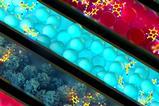
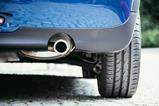






No comments yet